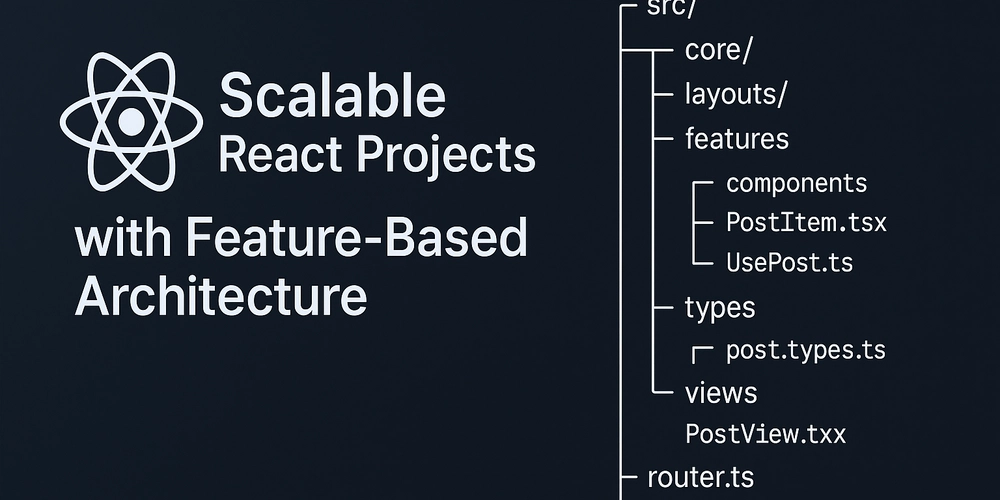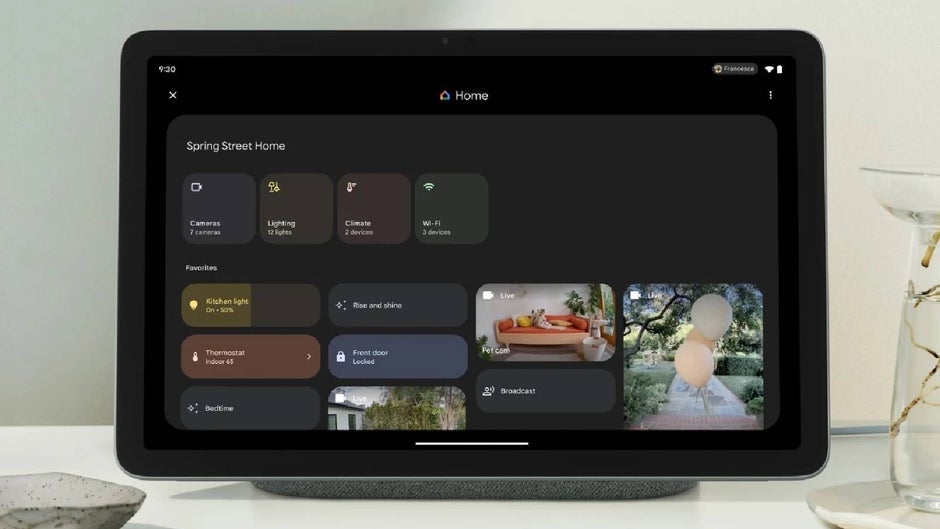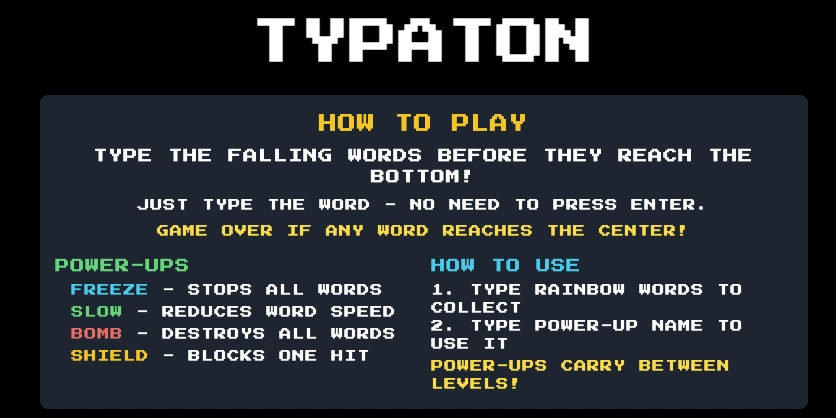Scalable React Projects with Feature-Based Architecture
Introduction scaling React apps gets messy quickly as they grow. Flat structures like components/, pages/, and hooks/ don't scale well for real-world applications. As your application grows, you'll end up with hundreds of unrelated components and hooks dumped into global folders. Searching and maintaining becomes a nightmare. What is Feature-Based Architecture? Feature-Based Architecture is an organizational pattern where code is grouped by feature or domain, instead of by file type. In traditional React project structures, it's common to see directories like components/, pages/, hooks/, and utils/ at the top level. This might work for small projects, but it quickly becomes hard to manage as the app grows. In contrast, feature-based architecture groups all files related to a specific functionality (e.g., Posts, Products, Users) together in one directory. Each feature becomes a self-contained module with its own UI components, logic, hooks, types, tests, and even routing if needed.

Introduction
scaling React apps gets messy quickly as they grow. Flat structures like components/, pages/, and hooks/ don't scale well for real-world applications.
As your application grows, you'll end up with hundreds of unrelated components and hooks dumped into global folders. Searching and maintaining becomes a nightmare.
What is Feature-Based Architecture?
Feature-Based Architecture is an organizational pattern where code is grouped by feature or domain, instead of by file type. In traditional React project structures, it's common to see directories like components/, pages/, hooks/, and utils/ at the top level. This might work for small projects, but it quickly becomes hard to manage as the app grows.
In contrast, feature-based architecture groups all files related to a specific functionality (e.g., Posts, Products, Users) together in one directory. Each feature becomes a self-contained module with its own UI components, logic, hooks, types, tests, and even routing if needed.












































































































































































![[The AI Show Episode 146]: Rise of “AI-First” Companies, AI Job Disruption, GPT-4o Update Gets Rolled Back, How Big Consulting Firms Use AI, and Meta AI App](https://www.marketingaiinstitute.com/hubfs/ep%20146%20cover.png)


























































































































![[DEALS] The ChatGPT & AI Super Bundle (91% off) & Other Deals Up To 98% Off – Offers End Soon!](https://www.javacodegeeks.com/wp-content/uploads/2012/12/jcg-logo.jpg)



![How to make Developer Friends When You Don't Live in Silicon Valley, with Iraqi Engineer Code;Life [Podcast #172]](https://cdn.hashnode.com/res/hashnode/image/upload/v1747360508340/f07040cd-3eeb-443c-b4fb-370f6a4a14da.png?#)




































































































































































































































![Seven tech accessories I keep coming back to [Video]](https://i0.wp.com/9to5mac.com/wp-content/uploads/sites/6/2025/05/7-tech-accessories-FI-1.jpg?resize=1200%2C628&quality=82&strip=all&ssl=1)



















![iPhone 17 Air Could Get a Boost From TDK's New Silicon Battery Tech [Report]](https://www.iclarified.com/images/news/97344/97344/97344-640.jpg)
![Vision Pro Owners Say They Regret $3,500 Purchase [WSJ]](https://www.iclarified.com/images/news/97347/97347/97347-640.jpg)
![Apple Showcases 'Magnifier on Mac' and 'Music Haptics' Accessibility Features [Video]](https://www.iclarified.com/images/news/97343/97343/97343-640.jpg)



































































